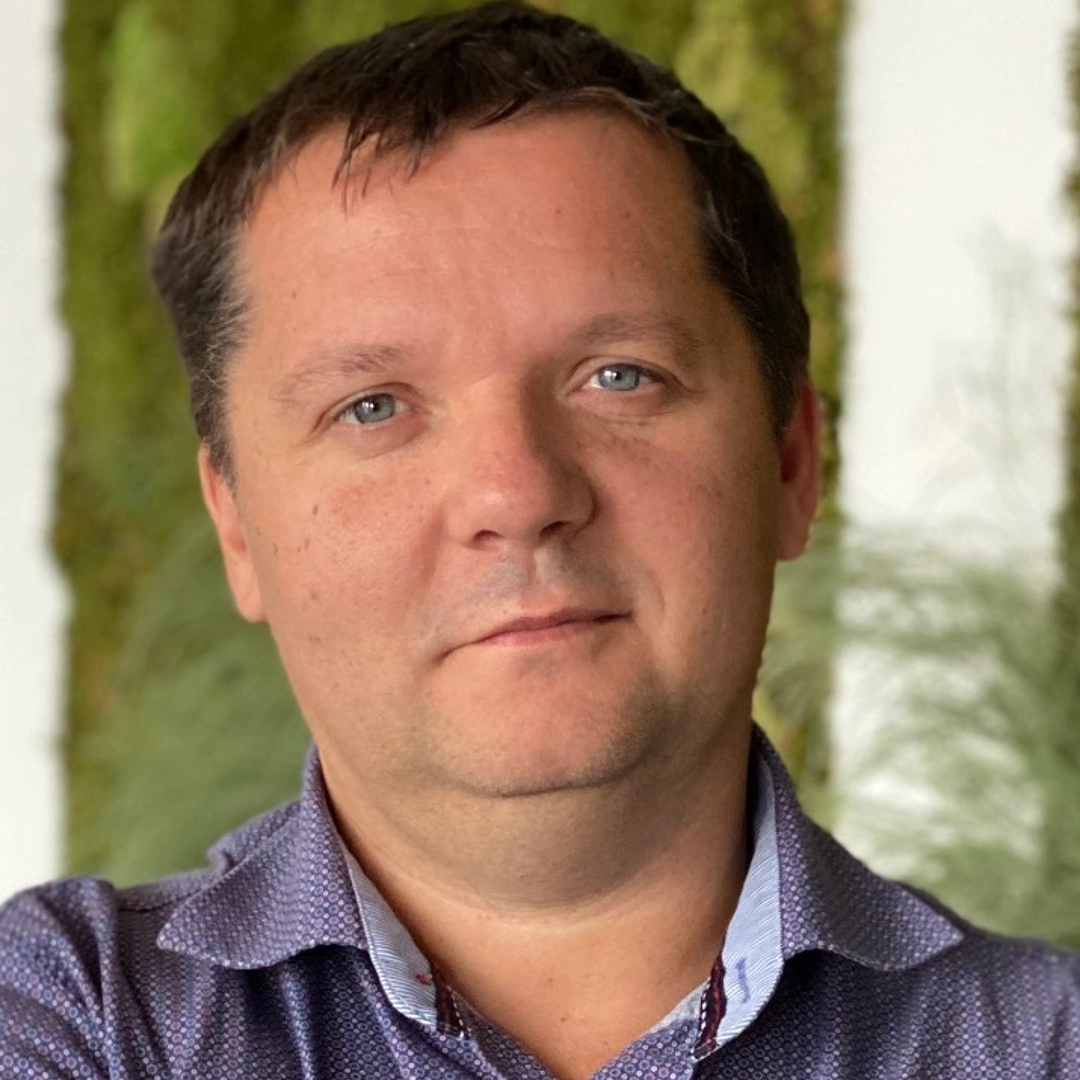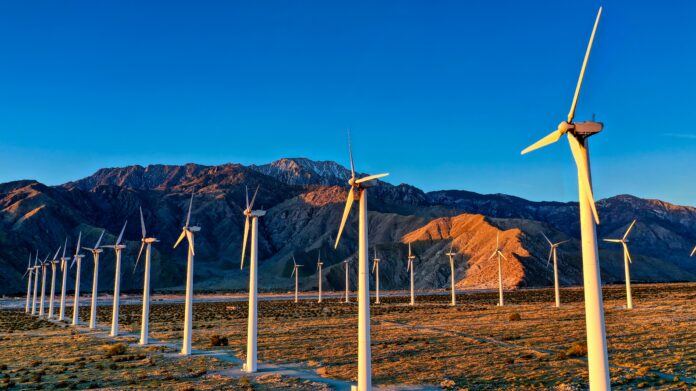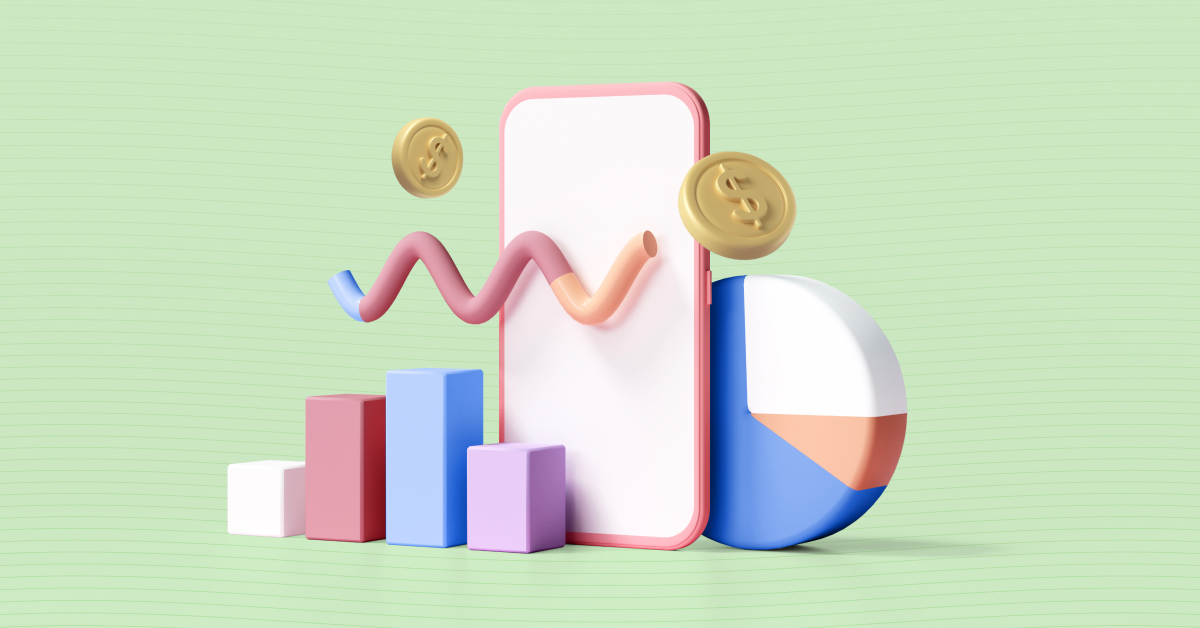
This article was originally published by 4i-mag.
Could you please give 4i-mag a short overview of your journey working in energy technology, and in FUERGY?
I’ve been working in the energy sector my entire professional career. Before FUERGY, I was doing energy optimization for big industrial and manufacturing companies. The idea of offering the same optimization options to smaller companies or even households was in my head for a while. I also knew this solution can help people around the world, not only in Slovakia. I just didn’t have sufficient experience with developing an international company. Luckily, I met people who did so we founded FUERGY.
What is FUERGY and how did the idea come up?
As I previously mentioned, I used to manage big energy sources and consumers. The main idea was to use the cumulative capacities of smaller energy sources (such as small-scale or residential PV panels) and smaller points of consumption and to manage them in basically the same way. So, we designed an interconnected ecosystem where every consumer, every renewable energy source or energy storage is an active participant and gets remunerated for helping stabilize the power grid. This is how we see the FUture of enERGY => FUERGY.
Why do you think FUERGY might change the way we think about energy consumption? Why do you personally, and as a company, find it extremely important?
Once we succeed in switching to renewable energy, we might not even need to consume less energy. Renewable technologies evolve at a very fast pace; their efficiency goes up, they are cheaper and more sophisticated. Coal will always be coal. The key is to have a variety of different renewable energy sources (wind/solar) and enough energy storage to make them more reliable.
In the future, every household or building should not only consume but also produce its own energy, i.e. they will be self-sufficient prosumers. Each prosumer should also have smart energy storage like FUERGY that will help to consume energy at the right time. In other words, charge batteries with the surplus energy and discharge them when there is a lack of energy in the power grid, for example during peak hours.
But the thing is that we don’t like any sort of discomfort these days. We don’t want to wait, be uninformed or not have access to basic products. Our solution is therefore designed in a way that doesn’t affect our comfort.
However, to get more out of our battery systems, we can easily create a motivational scheme where consumers could choose between, let’s call it an economical option with slightly limited energy consumption but higher savings, and a premium option with unlimited consumption but more expensive energy.
Financial motivation to change our habits usually works well.
What was the process of setting up the team?
At the very beginning, there were six of us. Me for energy optimization and five other specialists in hardware, energy trading, software, operations and marketing. Each of us had to create our own team so we selected a few top candidates from our network and tried to sell them the idea of FUERGY. And they liked it!
How would you describe your innovation?
We are able to use existing sources to the fullest. Our system works with online data and AI predictions so it knows what is the available production capacity of the energy sources and storage capacity of batteries and tries to get the most out of them.
We also manage energy in a very complex way. We don’t focus on one particular process. Every energy storage, solar panel, electric vehicle, home appliance, HVAC system (basically anything that produces or consumes electricity) is managed individually, but also as a part of a larger group. We are constantly searching for synergies to assure that energy is produced and used efficiently, without unnecessary waste, and does not destabilize the power grid.
The hardware technology we are developing in line with our software is the smart battery storage called “brAIn”. It plays a major role in energy optimization and it is also crucial for the transition towards renewable energy.
Could you explain how the technology works?
Our system collects data about energy production and consumption and manages energy flow based on the needs of the power grid.
I will use the example of smart battery system called brAIn by FUERGY paired with PV system:
Our software autonomously manages the capacity of the battery. It monitors the weather forecast and uses predictions from our AI prediction system. So it knows about how much energy your solar panels might produce throughout the day. It also monitors the status of the transmission system and electricity stock prices, and communicates with your energy supplier. Therefore, the system knows whether there is a surplus of energy in the power grid or it is better to send energy back to the grid. Artificial intelligence also learns about your consumption and creates behavior patterns based on which it can better predict your energy needs and thus the use of resources.
The software processes all this information in real-time and autonomously decides whether it will charge the battery with solar energy, use the solar energy straight away or charge the battery with excess energy from the grid. It simply charges and discharges the battery in a way that brings the greatest possible financial benefit to its owner and that the produced solar energy is used as efficiently as possible. Everything happens autonomously and the comfort of the customer is maintained.
The brAIn also supports IoT functionality so we can also include HVAC systems or electric cars in the entire brAIn solution. We instruct the system to start HVAC systems and charge electric cars with excess energy. Batteries in electric cars can even supply energy when needed. The owners of brAIn batteries are financially remunerated for providing regulatory services as passive “appliances” are becoming the active participants in the transmission system. Such management allows us to build a so-called smart grid.
When did you first become interested in sustainability?
It came hand in hand with the project. Our main objective was to save costs. Later we started doing calculations of ROI for renewables paired with our storage system and we came up with very surprising numbers. That was the moment we realized what a big impact our solution can have.
Today we have two large-scale battery systems running. The payback period for our 432 kWh battery and 499 kWp PV system is around 5 years (the payback period for the battery only starts from 2.4 years). Normally, in central European weather conditions, it is 10-13 years for a PV system alone.
So not only do we make solar energy an economically viable alternative, but we also manage renewable energy in a way that does not destabilize the power grid. So, we truly believe that our solution can speed up the transition to renewable energy.
What partners do you have?
Currently, we are delivering our battery systems to Slovakia’s biggest electricity producer – Slovenské elektrárne, we manage 95% of all solar parks in Slovakia (for which we have significantly reduced the deviations), and we have also partnered with various energy suppliers.
There are also many other Slovak, and especially foreign, companies such as energy suppliers, energy service providers or corporations, who are interested in our solution. At the moment we have more than 40 ongoing orders for the large-scale battery storage brAIn in different stages of progress, covering projects like smart cities, smart grid, electromobility, GES (guaranteed energy savings) and more.
How are you planning to scale up the business? What is the potential?
The Corona crisis has significantly slowed down our planned installations, contract negotiations and last but not least, funding. Most investors and financial houses are still waiting to see the economic impact of this crisis and instead of investing, they rather create reserves. But they are very well aware of the potential of our solution.
Currently, we are focusing on bigger B2B projects. Our workforce is limited and these projects offer the best effort vs. result ratio. Not many potential clients properly understand what we do and how the energy sector and energy optimization work. That makes negotiations difficult and time-consuming. So larger projects are more suitable for us right now. Just in Slovakia, there are more than 650 large companies. Big potential lies, for example, in supermarket chains as they consume huge amounts of energy and use many HVAC systems. We can offer them a wide range of services, ranging from smart control of PV systems, energy optimization through smart battery storage or implementation and control of smart charging stations. But anyone who consumes energy can become part of our ecosystem.
That’s why the potential is quite unlimited. More installed hardware does not mean that we have more work with energy management. The hardest part is to get the hardware installed. Once the hardware is connected to the power grid and to our control system, the amount of energy that we usually manage just gets bigger. But that is not a problem at all.
So soon we would like to also approach the B2C market, i.e. households with smaller brAIn batteries. It can be done in cooperation with energy suppliers who can offer the batteries to their customers in some form of the “package”. We will give them proper training on how to install and set up the batteries and once it is done, we can start managing their capacities (cumulatively).
We also want to start installing smart EV charging stations whether as a separate project or as a part of other projects.
We are also developing a parallel product line, which is 24/7 energy management of balance groups or automated energy trading.

What are the obstacles on the market and what is your plan to overcome them?
The biggest obstacle we are coming across is the mindset. Energy processes that we are using today have been created for many years and when someone new comes in and says that he can do it differently, more efficiently and safer, people are not happy. Even decision-makers.
We also want to grow as a company, meaning that we need more experts able to calculate and design tailor-made solutions according to the special needs of every customer. We are working on special algorithms that could help us to calculate, for example, the most suitable battery capacity for each project. However, there will always be a need for subjective evaluation of the obtained results by a responsible person. We are dealing with projects that cost thousands or tens of thousands of euros. There is no place for mistakes.
When it comes to other obstacles, we try to design our solutions in a way that we can adapt them to almost every condition.
The software is fully under our control and is easily customizable. In the case of losing the hardware suppliers, everything is set extremely flexibly, therefore and could be substituted in no time, so we can eliminate the main risks in this field.
The energy sector is undergoing significant changes today. It becomes more decentralized which is, from our perspective, more than welcome as it offers more space for energy sharing.
New technologies are also welcome. We can easily replace the batteries or PV panels we use today with newer ones with better efficiency or performance. For our solution, the battery is just the energy storage we can manage and it doesn’t matter if it is Li-Ion, LiFePO4 or even hydrogen storage. As soon as we can turn it on and off whenever we need it, we can adapt to every new technology. This applies also to any electrical device or HVAC system.
We are very proud of our “bulletproof” system architecture. The risk of changing conditions can even be an extension of the opportunities that our technology already offers today. But we will see. There certainly are many unseen obstacles that can surprise any company at any time.
What would you have to say about your competitors? How would you describe innovations similar to yours and the overall landscape?
I would say it is the complexity of our project that makes it unique and gives us a competitive advantage. We have created our own AI-powered software development platform on which we build our applications and which also meets the special needs of the energy sector.
The core of our solution is energy management. Smart battery storage or other applications are complementary products that make energy management more efficient and sustainable. So we have developed our project from the core out. As we are working on various projects, the more problems we need to solve and the more complementary products we create. They make our work easier.
With our solutions and synergic effects that we achieve, we don’t see any major competition on the market currently (Slovakia and Czech Republic). Of course, due to changes in legislation, technical conditions and significant subsidies from the state or European Commission of more than 1 billion euros only on the Slovak market during the years 2021-2023 (and in the years to come, even more funds), new companies will emerge with the aim to partially offer the innovations that FUERGY offers today. Companies that are already active in the energy market can be such a competition. FUERGY may have at least a 2-year advantage over the competition.
In the global field, TESLA is the only one that has similar ambitions in the energy sector. But comparing FUERGY in the EU and TESLA markets (operating mainly in the US, Australia and predominantly markets where the availability of electricity is limited) is bold. Over time, and mainly due to the planned subsidies for decentralized energy, several entities with partial solutions will certainly be involved in the energy segment.
We can also see the big oil companies entering the field of energy decentralization. They have immense capital and they no longer see the future for oil. They are buying smaller companies and investing in their development.
We also see huge competition in the battery manufacturing industry. Basically, every company in the world that has material resources, access to technology and available funds has decided to manufacture batteries. This is good for us. The more battery manufacturers there are on the market, the wider choices we have. It also pushes the prices of batteries down (even faster than before).
For us, this is a good trend as we are not manufacturing our own batteries. We are using the batteries available on the market and controlling them in order to reach the best optimization effects (energy-wise and financially-wise).
What is the company’s aim for the next 5 and 10 years?
During the next 5 years, we want to strengthen our team, fine-tune our solutions and implement our products in the product portfolio of electricity suppliers on the European market. Moreover, we plan to provide our products in the form of an Energy-as-a-service model, meaning that we will fully finance the hardware and “rent” it to end customers.
In 10 years, we want to be a modern energy company offering complex energy products and services such as energy hardware, energy management applications or Energy-as-a-service options. The acquired synergies will allow us to generate even higher savings. In 10 years, we would like to be well-established globally.
How do you imagine the future of energy technology? Any trends we should watch for?
The future of energy is in line with the model of 4D – decentralized, digitalized, decentralized and deregulated.
The active participation of every prosumer would make the power grid more flexible, reliable and efficient. Prosumers would be motivated to produce and sell their energy, which will increase the share of renewables in total energy production. Prosumers with their own energy storage will also be more self-sufficient in case of power outages that might be more frequent in the future. They can create energy-sharing communities, the so-called microgrids.
So we should watch for solar and wind technologies, batteries and alternative fuels such as hydrogen.
Solar because it is the most scalable and usable also for households. Wind because some countries have more favorable weather conditions for wind (for example Nordic countries). Both are experiencing a big technological shift and are much more efficient. See the example of wind turbines. We should also ensure a variety of renewable sources because when the sun stops shining, there is a big chance that the wind will blow.

Energy storage is, on the other hand, necessary for the transition towards renewable energy. Scientists around the world are working on recyclable batteries that use less rare materials (i.e. replacing lithium or cobalt) and enable more charging cycles. Batteries are also the core part of electromobility.
As I previously mentioned, in the future we should all be prosumers with renewable energy sources paired with batteries and it should be imposed by legislation. This has already started happening in California.
We are living in the future of energy. Are you?





